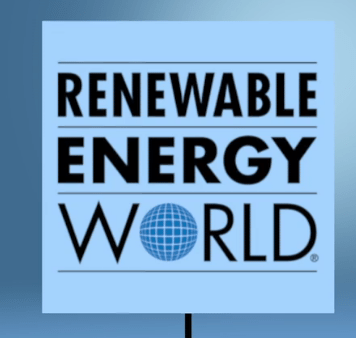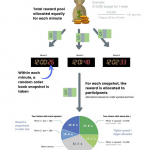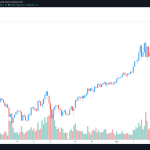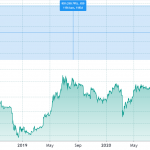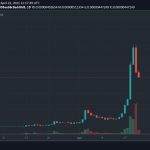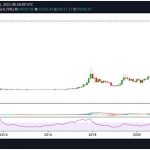Electric grids are mighty complicated. Of course, if you’re in the industry, you don’t need me to tell you that. When we created these huge networks of wires to pass electricity from generator to user, we simultaneously needed to track where the energy originated and where it went so we could figure out how to pay people for the energy they provided. What we came up with was two systems: one for the wires and one market where that energy is bought and sold.
Grid operators must keep that energy supply and demand in perfect sync. This means that sometimes they are willing to pay a lot for energy because they really need it and sometimes they have way too much energy and generators are paying them to take it. When this happens, the energy market is imbalanced.
Grid operators and certain generation owners are very familiar with energy imbalances, i.e. what happens to the energy market when there is too much wind, solar, and other generation being pumped into the grid concurrently. If you are not familiar with that situation, I’ll give you a hint: the owners of the generation (usually wind energy but others can be affected, too) start losing money fast.
If you’re interested how wind, solar and hydro generators could stop losing money AND how grid operators could simultaneously incorporate more renewable energy into the mix, I urge you to read our story, How the Energy Imbalance Market Is Unleashing Renewables and Saving Millions. It digs into how the energy market works, why it’s not efficiently pricing energy and how software and innovative individuals are trying to fix it.

